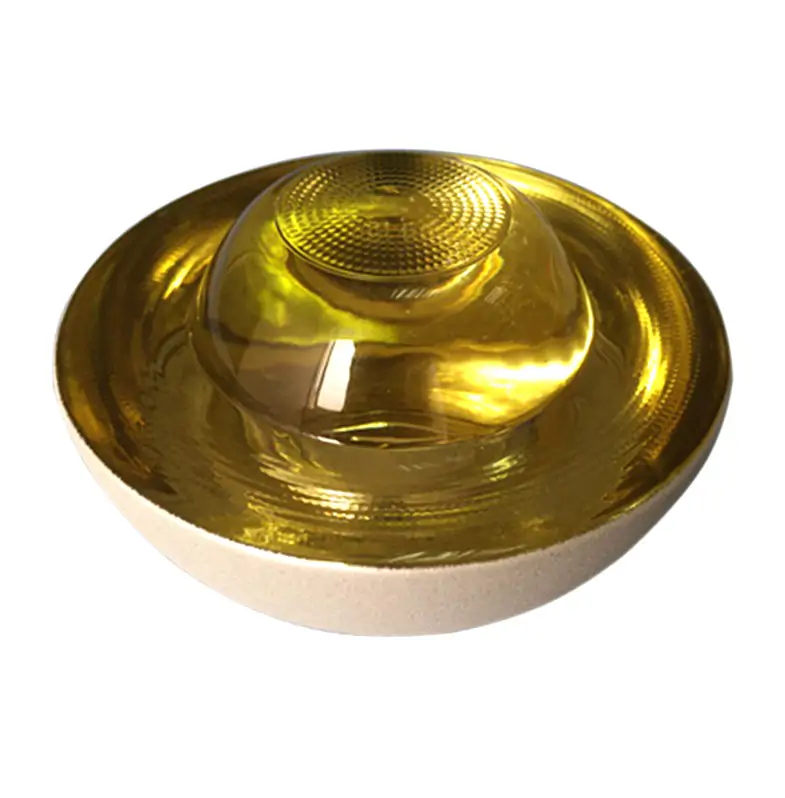The expected lifespan of reflective road studs can vary depending on factors such as the quality of the product, the materials used, the environmental conditions, and traffic load. However, here are some general guidelines on the lifespan and maintenance requirements of reflective road studs:
Expected Lifespan:
- High-Quality Reflective Road Studs: High-quality reflective road studs, made from durable materials, can have a lifespan of 5 to 10 years or even longer. These studs are designed to withstand the rigors of road traffic and environmental conditions.
- Environmental Factors: The lifespan of reflective road studs can be affected by environmental factors, including exposure to UV radiation, extreme temperatures, and heavy rainfall. Studs in regions with harsh weather conditions may have a slightly shorter lifespan.
- Traffic Load: The amount and type of traffic passing over the road studs can impact their durability. High-traffic areas, such as highways, may experience more wear and may require more frequent replacement.
Maintenance Requirements:
- Regular Cleaning: Road studs should be cleaned periodically to ensure that the reflective elements remain visible. Dust, dirt, and debris can accumulate on the studs, reducing their reflective properties.
- Reflective Surface Inspection: Inspect the reflective materials on the road studs for signs of wear, fading, or damage. Replace or repair any compromised reflective components to maintain visibility.
- Tightening and Fastening: Regularly check the fasteners and connections that secure the road studs to the road surface. Ensure that they are tight and in good condition. Loose studs can be hazardous and may need to be reinstalled securely.
- Sealing and Waterproofing: Proper sealing and waterproofing are essential to prevent water and moisture from entering the internal components of the road studs. Seals and gaskets should be inspected and replaced as needed.
- Electronics Inspection (if applicable): If the road studs have integrated electronics, such as LED lights, regularly inspect these components for signs of wear, damage, or malfunction. Replace or repair any compromised electronics.
- Battery Maintenance (if applicable): Some road studs, especially those with integrated LED lights, may have batteries that require maintenance or replacement over time. Periodic inspection and battery replacement may be necessary.
- Security: Ensure the studs are securely mounted and protected from vandalism or theft. Security measures may be necessary, especially in high-traffic or urban areas.
Overall, proper maintenance is essential for ensuring the long-term durability and functionality of reflective road studs. High-quality studs, when well-maintained, reflective road studs can provide several years of reliable service in enhancing road safety and visibility, particularly in low-light and adverse weather conditions.
How do reflective road studs differ from traditional road markings and signs?
Reflective road studs differ from traditional road markings and signs in several ways, including their purpose, design, placement, and visibility. Here are the key distinctions between reflective road studs and traditional road markings and signs:
- Purpose:
- Reflective Road Studs: Reflective road studs primarily serve as passive delineation devices that mark lanes, edges, and specific areas of the road to guide drivers and enhance visibility, especially at night or in adverse weather conditions.
- Traditional Road Markings and Signs: Traditional road markings, such as painted lines and symbols, convey information and regulations to drivers, directing them on how to navigate roads, intersections, and hazards. Road signs provide warnings, instructions, speed limits, and other information to drivers.
- Design:
- Reflective Road Studs: Reflective road studs are typically small, raised devices placed directly on the road surface. They have reflective materials and, in some cases, integrated LED lights to enhance visibility.
- Traditional Road Markings and Signs: Traditional road markings include painted lines, arrows, and symbols directly on the road surface, while road signs are typically mounted on posts or structures at the side of the road. They rely on external lighting, such as headlights, to become visible.
- Placement:
- Reflective Road Studs: Road studs are installed directly into the road surface and are often used to mark lanes, curves, intersections, and edges. Their placement is often tactile, providing both visual and physical guidance to drivers.
- Traditional Road Markings and Signs: Road markings are placed on the road surface and provide visual guidance, while signs are positioned at the side of the road to convey information to drivers.
- Visibility:
- Reflective Road Studs: Reflective road studs are designed to provide active illumination, especially in low-light and nighttime conditions. They are visible even when external lighting is limited.
- Traditional Road Markings and Signs: Traditional road markings and signs are passive and rely on external lighting. They may be less visible at night or during adverse weather conditions when external lighting is reduced.
- Information Conveyance:
- Reflective Road Studs: Reflective road studs do not convey specific information or regulations. They primarily provide lane delineation and visual cues for drivers.
- Traditional Road Markings and Signs: Traditional road markings and signs convey a wide range of information, including stop signs, yield signs, speed limits, regulatory information, and directional guidance.
In summary, reflective road studs are primarily designed to enhance visibility and guide drivers by marking lanes and critical areas of the road, especially in low-light conditions, while traditional road markings and signs serve a broader informational and regulatory role in traffic management.
